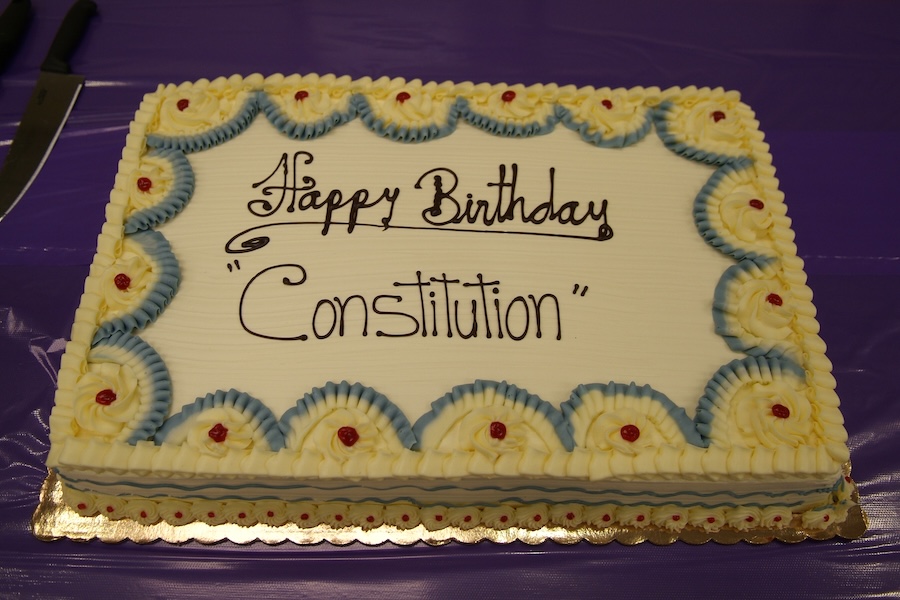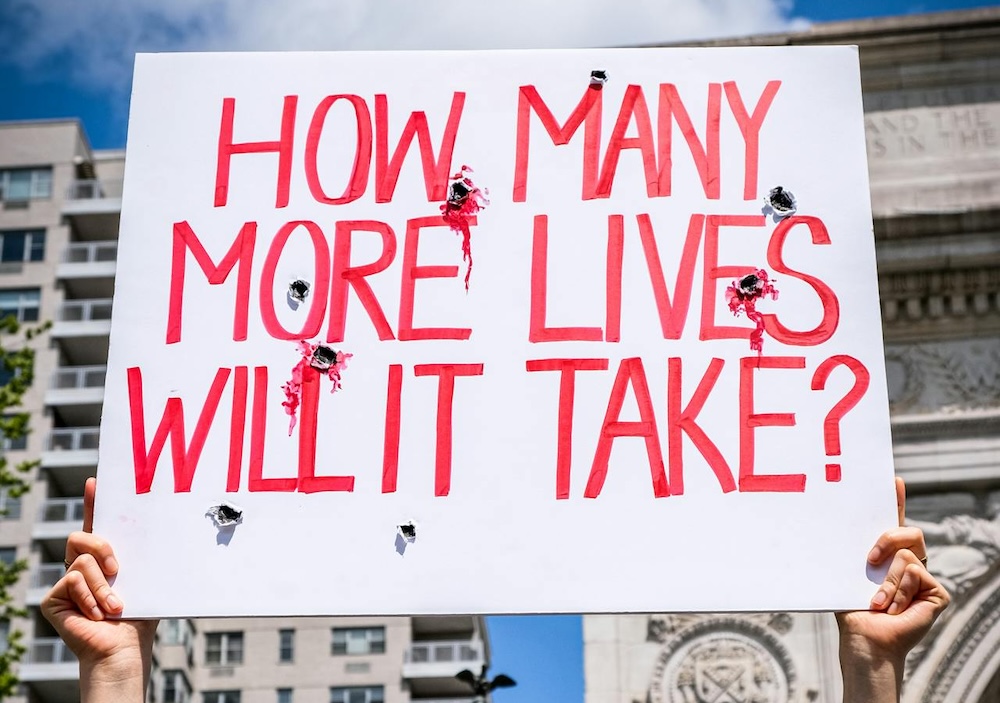In 2004, Congress officially recognized September 17 as Constitution Day, commemorating the signing of the U.S. Constitution in 1787. Though this federal observance is relatively new, celebrations of the Constitution stretch back over a century, reflecting a long history of local recognition.
The drafting of the Constitution was completed on September 15, 1787, with the final text penned by Jacob Shallus, a clerk for Pennsylvania’s legislative body. Shallus spent about 40 hours meticulously transcribing the document’s 4,543 words, earning a $30 fee for his efforts. His work helped bring the document to life, but it was the state ratification conventions, as outlined in Article VII, that would ultimately give the Constitution its legal standing. By July 2, 1788, New Hampshire became the pivotal ninth state to ratify the Constitution, setting the stage for the country’s first national elections.

In the early days, there was no designated place for preserving such a significant document. The Constitution, along with other important papers, traveled with the fledgling government from New York to Philadelphia and eventually to Washington, D.C. While the Declaration of Independence saw frequent public display, the Constitution was quietly filed away. In 1921, President Harding ordered that both documents be transferred to the Library of Congress, where they were displayed for the first time in 1924.
The National Archives was established in 1934, yet it wasn’t until 1952 that the Constitution and Declaration were relocated to the Archives’ Rotunda for the Charters of Freedom. The carefully designed space ensures their protection and continued public display, providing an enduring connection to America’s democratic foundations.

Constitution Day is now marked annually by events like the National Archives’ naturalization ceremony, held in the Rotunda itself. In her remarks at last year’s ceremony, Archivist of the United States, Dr. Colleen Shogan, emphasized that the Constitution is more than a historical artifact: “These Charters are the bedrock of our democracy… They are living promises—a covenant between the government and its citizenry.”



